In his 2012 film Rhino Season, Kurdish filmmaker Bahman Ghobadi, known for war-time dramas A Time for Drunken Horses (2000) and Turtles Can Fly (2004), adapts a poetic tone and language to portray Iran during two distinct eras: the Pahlavi dynasty and the Islamic Republic. The contrast between these two eras is highlighted by dark colors, shadows, basements, prisons, and barriers that are prevalent during the Islamic Republic. This visual language effectively depicts the tragic state of Iran after the revolution, a place filled with fabricated charges, murder, and rape.
The contrast between the two eras is also illustrated through the poetry symposiums during the Pahlavi dynasty compared to the sectarian sorting during the Islamic Republic, for instance the interrogation of the Sunni poet and his Shi’a wife in prison. Poets are seen in the first era as dreamers, free to express themselves in a civic state, whereas religious extremism instills a tyranny over such expression during the Islamic Republic.
Throughout the film, Ghobadi actually uses a poem to narrate the poet’s fate.
Carry the walls on your shoulders and leave. You are being chased by a spider that is weaving its threads around you. There is a thorn stuck in your throat. When the poem dies in you, its corpse will rot, and its smell will emanate. The corpse that remains of you falls from the eyelid of a half-asleep and half-awake horse. You are a salt field blown by the wind. Your grave is visible, and the chariot of prayers revolves around itself, scattering curses in the cursed land. There are lifeless bodies along with hidden living bodies. The air is a dagger, and the water is a dagger, only the one living on the borders will create a land.
Mina (played by Monica Bellucci) is the wife of the main character and poet Sahel. In a key moment, she tattoos the last phrase of the poem on the back of a seashore, symbolizing that the homeland is no longer a suitable place for living.
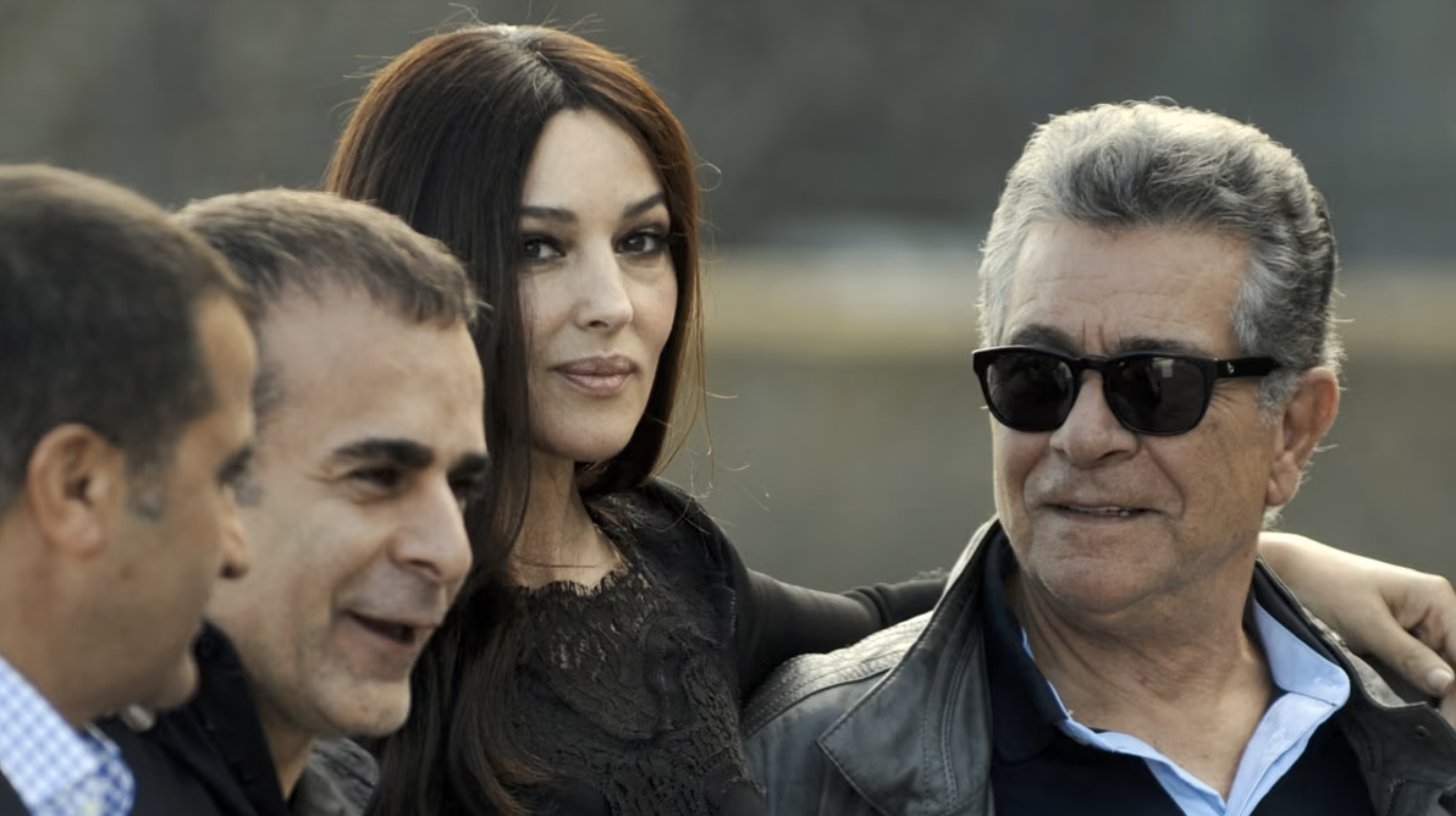
Revolution means revenge
Ghobadi dedicates his film to the memory of Sane Jaleh and Farzad Kamangar. Jaleh, an Iranian student, was fatally shot during the demonstrations on February 14, 2011, in Tehran. Kamangar, an Iranian-Kurdish teacher, poet, and journalist, was executed on May 9, 2010, on charges of “enmity against Allah,” belonging to the Kurdistan Free Life Party, and participating in bomb attacks – charges that his lawyer argued were fabricated. Ghobadi also dedicates his film to all political prisoners still detained in the prisons of the Islamic Republic.
Rhino Season is based on the true story of an Iranian-Kurdish poet known by the pseudonym Sadegh Kamangar, who endured 27 years in Islamic Republic prisons. During his imprisonment, his family was falsely informed of his death, leading them to mourn over a fake grave for decades, a deception that deeply impacted the poet, his family, and countless others.
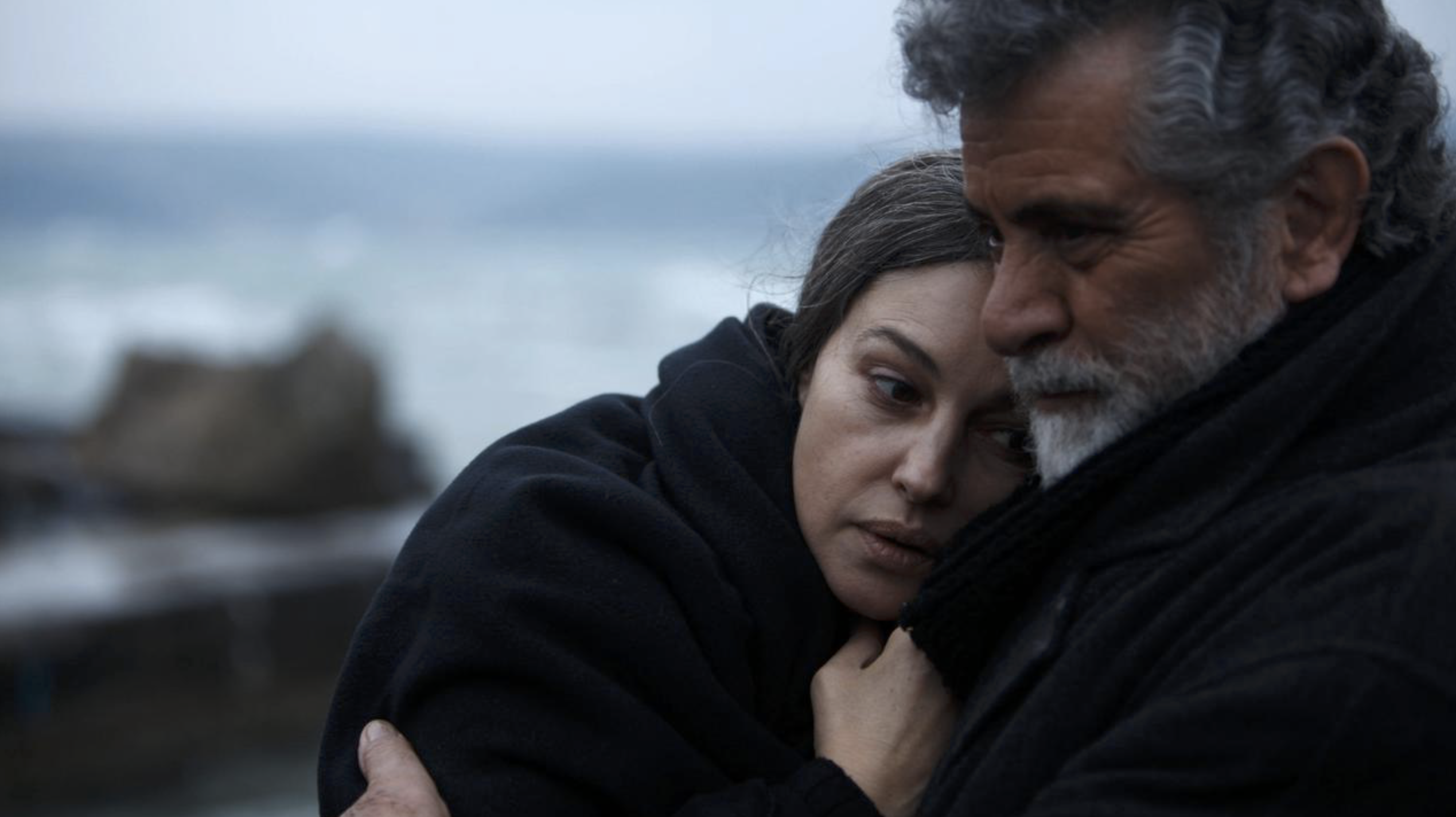
The poet’s story is not an isolated case. The portrayal of Mina’s rape by Akbar Rezaei, one of the revolution’s loyalists, while in prison, symbolizes the abuse of authority and the oppression of the Iranian people. But there is also a personal motive for revenge and one that accompanies coups and revolutions. In this case, it was Rezaei’s unrequited love for Mina, the daughter of one of the Shah’s generals. After he confesses his love to her, she tell her father, who beats and expels him.
After the revolution breaks out, and the Islamists seized power, Rezaei assumes a prominent position and is able to seize the general’s house and arrest Mina and Sahel on fabricated charges of conspiring against the Islamic Republic by writing poems. Sahel is sentenced to 30 years in prison and Mina to 10 years. After being raped, Mina gives birth to twins, is released, and is told that her husband has died, leading her to mourn over his fake grave.
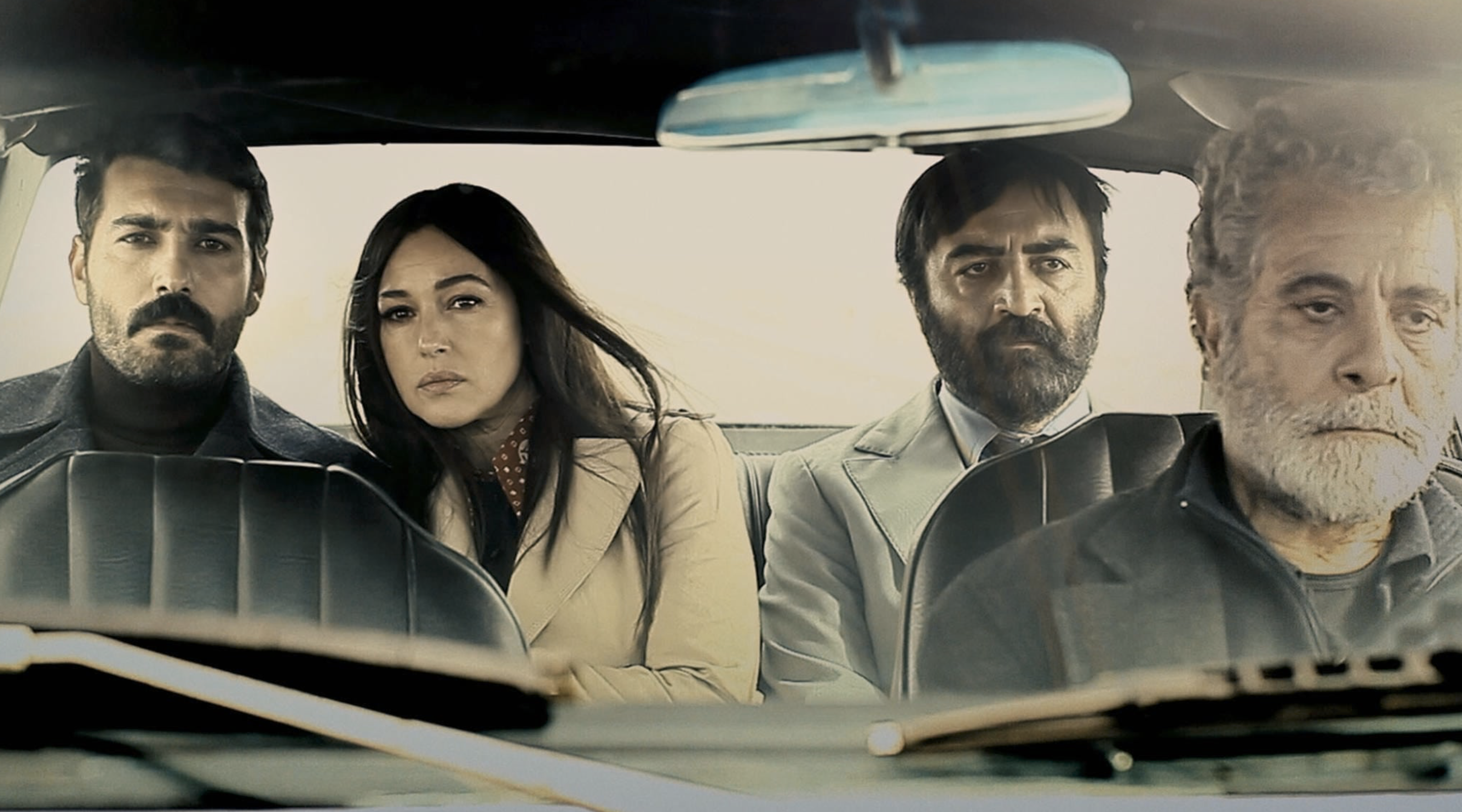
Allusion to Isabel Allende
In a similar vein, novelist Marina Nemat recounts her arrest and torture at the age of sixteen following the rise of the Islamists to power in her 2007 memoir The Prisoner of Tehran. She later describes being compelled to marry her torturer Ali in order to secure her release. Similarly, the 2008 Spanish film The Anarchist Wife follows the story of Manuela and her husband Justo as they resist Franco’s supporters during the Spanish Civil War. After Franco’s ascent to power, Justo flees while Manuela remains behind, and their servant seizes control of their house with the assistance of his son, a member of Franco’s party. This transformation, where the wealthy are reduced to beggars and the servants become masters, underscores how coups serve personal interests and create opportunities to get revenge.
The theme of revenge resonates throughout Ghobadi’s film and aligns closely with the narrative arc of Isabel Allende’s 1982 novel The House of Spirits, which is set in Chile. In the story, Alba and Pedro fall in love with each other, unaware that they are daughter and father. When Alba matures and goes to college, where she meets Miguel, which whom she has a love affair. After the military coup against the elected government, Alba, the granddaughter of Esteban Trueba from his daughter Blanca, is arrested and tortured by Colonel Esteban Garcia, who is also the grandson of Esteban Trueba from his illegitimate son, to whom Pancha Garcia had given birth to after being raped by Esteban Trueba. Driven by his hatred and suffering, Colonel Garcia tortures Alba to impel her to reveal Miguel’s hideout and then rapes her, completing the cycle of rape that his grandfather began.
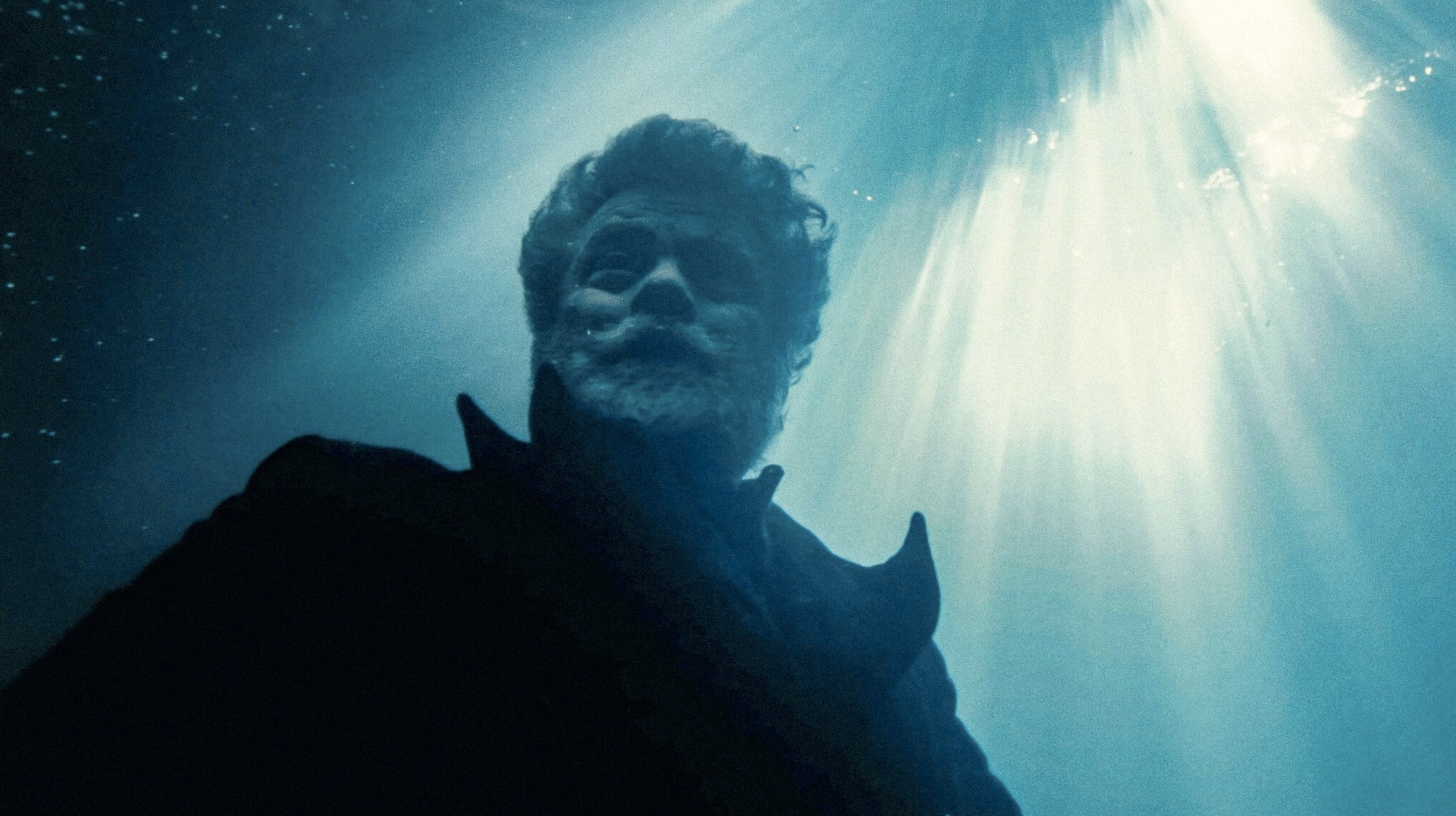
While in detention, Alba wishes for death, but the visits of her grandmother Clara give her hope. She learns that she has become pregnant, but it was unknown whether the child was Miguel’s or the result of her rape. Nevertheless, she makes the courageous choice to love her child and put an end to the cycle of hatred by refraining from seeking revenge.
The adaptation of Allende’s novel into a film involves significant changes, such as assigning the role of Miguel to Pedro and of Alba to Blanca. These alternations affect the sequence of events, concluding in both the film and novel with Esteban Trueba helping Miguel/Pedro’s escape to Canada, with Blanca/Alba following him.
In Ghobadi’s film, Sahel searches for his wife Mina after his release from prison, eventually locating her in Istanbul. However, he hesitates to approach her and instead observes her from distance, grappling with the psychological barrier preventing them from reuniting.
This barrier is visually and tangibly depicted through glass barriers that symbolize Sahel’s ongoing imprisonment in various aspects of life. Eventually, Sahel encounters his daughter by chance, who is working as a prostitute to raise money for their immigration to Europe. One night, she accompanies her friend to his house and has sex with him while he’s drunk. When Sahel wakes up in the morning, he notices a tattoo on her shoulder, bearing a quote from one of his poems.
His shock deepens when her friend reveals that the tattoo was inked by her mother Mina. The ambiguity surrounding the parentage of Mina’s twins – whether they are Sahel’s or Akbar Rezaei’s – serves as a poignant reflection of the intricate identity of the post-revolution generation. It encapsulates their profound sense of loss and the complexity of their quest for redemption, transcending the confines of Iran’s borders.
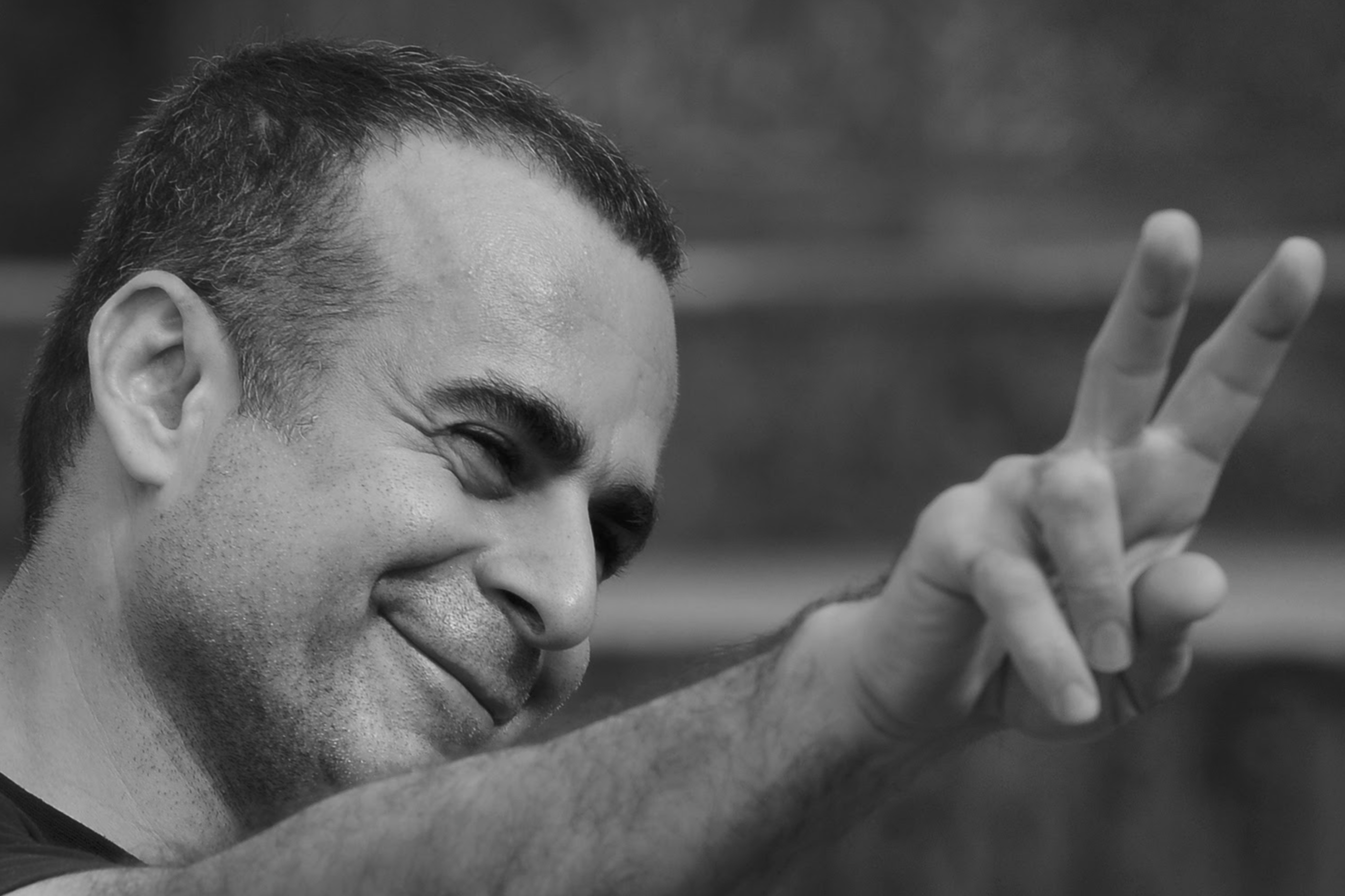
An impossible reunion
The film opens with Sahel’s release in 2009, but then flashes back to Tehran in 1977, the moment Sahel signs his poetry collection, The Rhino’s Last Poem, before jumping forward to Istanbul in 2010. There’s a thematic link between the title of the collection and the film that is laid plain by two rhinoceros-related scenes: a car colliding with one, and another where a rhinoceros floats on water. Despite these connections, the relationship between the title and the content remains somewhat distant, immersed with the poetic beauty that pervades the film’s spirit.
When Sahel finds Mina, she senses his presence but doubts his identity, leading to a non-traditional reunion for a long-separated couple. Their experiences in prison have drained them of vitality, leaving them as mere shadows of their former selves. Typically, a reunion would be filled with longing and eagerness, but prison has robbed them of life, particularly Sahel. He is consumed by a desire for revenge, leaving him devoid of any signs of life as he drives with Rezaei, appearing more like a corpse than a living being.
A person emerging from the tyrannical prisons of the Islamic Republic is inevitably transformed. For Sahel, the echoes of cell gates closing persistently haunt him even as he is driving. These sounds act as a bridge between two worlds – the realm of the detainee and the world beyond – constantly evoking memories of his imprisonment and impeding his path to a normal life. Sahel’s fate seems foretold, his body destined to reunite with the soul that perished within those prison walls years ago. With his eventual demise, the poet finds liberation, finally freed from the confines of his physical and spiritual prison.
The film’s torture scenes are depicted solely through flashbacks. Sahel is released upon serving his prison term, and an employee named Savak retrieves his file from the archives. In Persian, this name alludes to the Shah’s intelligence and national security service, or so-called secret police, and its inclusion suggests that, despite the change in regime, repression and persecution have persisted over time.
After leaving prison, reality appears fragmented and distorted to Sahel. He is haunted by nightmares and hallucinations, and the prospect of revenge seems an extension of the hunt for a herd of rhinoceroses. However, he ultimately realizes that revenge is futile or impossible and acknowledges that it is more effective to end his own torment and rid himself of suffering.
The director dedicates the final scene to Sahel. It is deeply surreal. Sahel emerges from his car, smokes a cigarette, and then walks down a road on dry, cracked ground. Eventually he disappears on the horizon amid a gradual whiteness that subsumes the screen. This poetic imagery, used so well throughout the film, suggests that the poet’s essence will endure through his poems, while the darkness of tyranny will consume itself.
Riyadh Hammadi a writer and literature critic from Yemen, is renowned for translating numerous literary works from English into Arabic.

